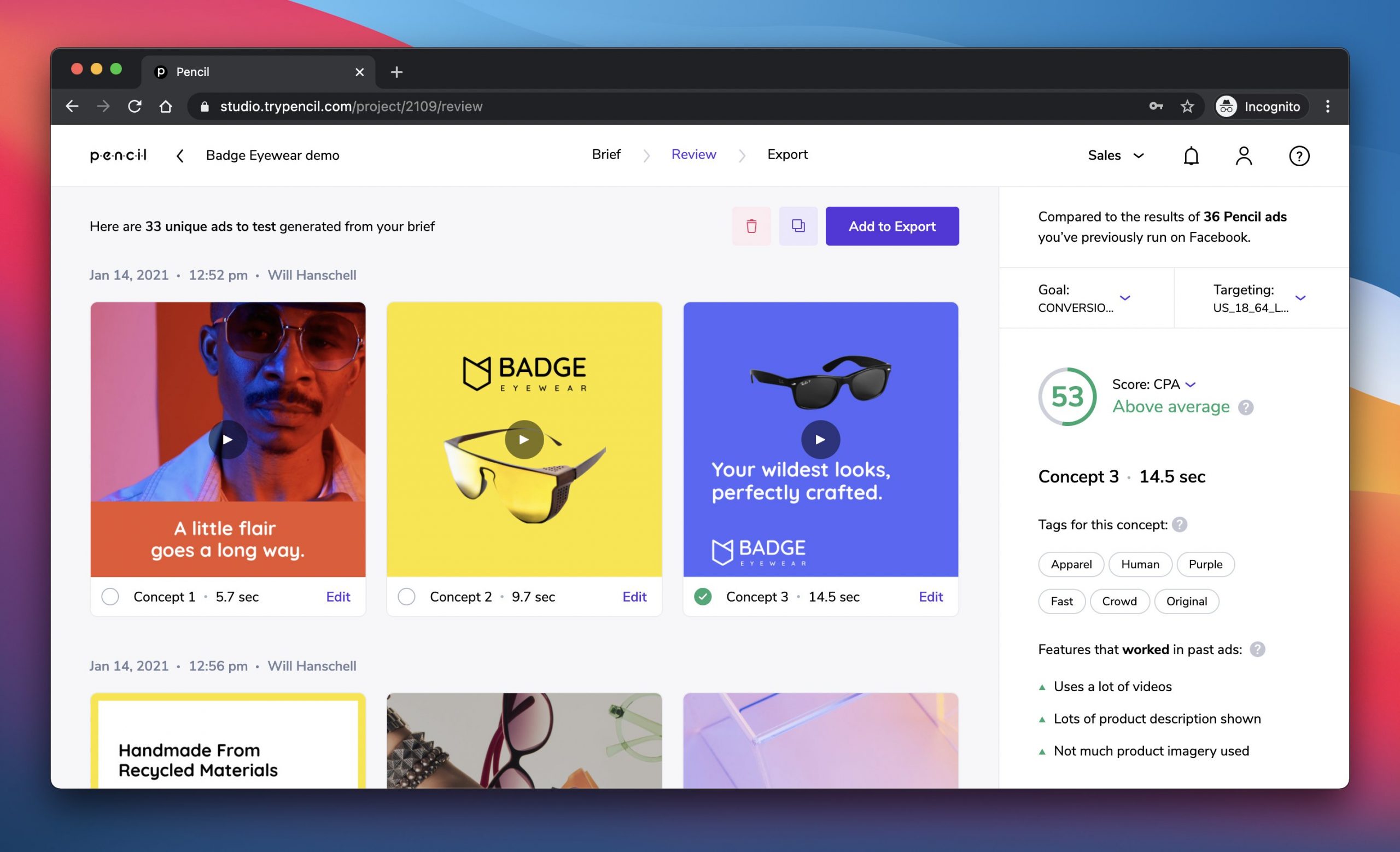
Feeding The Content Beast With “Machine-Generated Creative”
March 17, 2021 by Dave Haynes
Feeding the content beast – steadily dealing with the insatiable appetite of a digital signage network – has been an issue for as long as the industry has been around, and one that’s still not really solved.
Data integration capabilities, scripting and presentation tools like HTML5 have made it possible to automate some messaging, which is great, but the set-ups still tend to require things like templates.
There are numerous third-party tools on the market – mainly browser-based, like Promo – that allow people with few or no creative chops to drag and drop and type their way to polished-looking, full-motion video spots. I have direct experience trying this back in 2013-14 through a service I created, with a Korean partner, called Spotomate.
The most accurate thing I can say is that while people who saw it agreed it was cool, they didn’t really get it. So I had to choose between a life of evangelizing the concept, slowly building up users and making it work, or doing my regular stuff, which reliably produced an income. So Spotomate was mothballed.
I note all this because I was e-mail pitched about a new service called Pencil, which intriguingly touts the concept of Machine-Generated Creative.
Based in Singapore, Pencil says its video ads are generated by artificial intelligence. “Using historic ad performance data, Pencil is able to understand what in the ad is resonating with customers. It can then generate new batches of ad ideas which are new and distinct, but which share winning characteristics with past winners. In this way Pencil learns what works while continuously exploring new ideas that could resonate with audiences.”
The company says its analytics generated from some 100 campaigns found that machine generated creative “delivered an average return on ad spend (ROAS) 2x that of other ads the brands were running. One brand’s MGC campaign delivered 7x higher ROAS.”
The company says it “leverages proprietary technology to generate ad video, derive insights and make predictions, as well as integrating the OpenAI API to generate ad copy. The OpenAI API provides access to GPT-3, one of the world’s most powerful language models. Pencil is among the first companies approved to use it commercially. This approval requires strict criteria in AI safety and ethics.”
I looked at a few of the ad spots generated, and they are generally pretty simple. But simple can be good.
I think of all the retailers out there with printed and digital flyers and other marketing materials, who for digital signage versions would not need to do a lot more than show the product beauty image and offer. Like Tide HE laundry detergent. $3 off. This week only.
It’s the sort of drudge work that could be assigned to junior creatives, but they’re not getting anything from the work, and even junior salaries add up.
The premise here is that the machine can do much of the uninteresting, repetitive stuff, saving time and cost and giving creative more time to actually be creative.
Pencil is not the answer for digital signage creative, as it has been developed and optimized (wisely) for the much larger online ad industry. The outputs are squarish and lower-rez and intended to pop up in Facebook and, perhaps, Instagram feeds. I asked after I got pitched, and had it confirmed that ads for smartphone screens and social media feeds is their thing.
But this is the sort of cloud-based service that, at least in theory, could automate marketing material that has more to do with volume than creativity.
If I was challenged by having dozens or even hundreds or thousands of content changes weekly, to stay in step with promotions that can vary by location, I’d be looking at services like Pencil and doing a big “Hmmmmm….”



Leave a comment